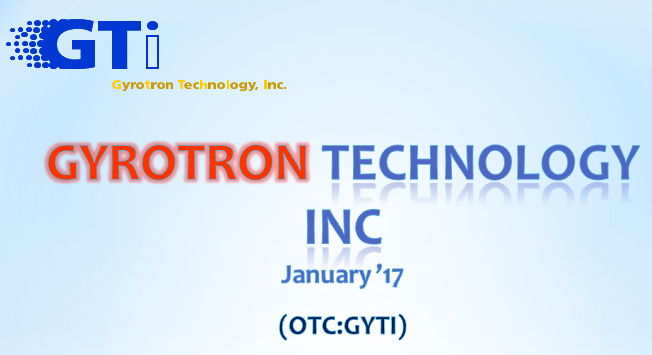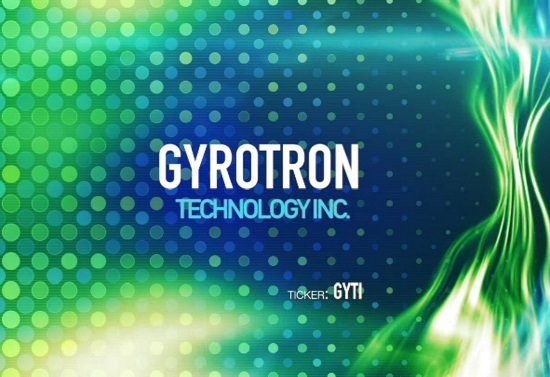Glass Processing Technologies
New Glass Processing Technologies
A primary problem of the conventional methods of heating glass is that it is difficult, and sometimes even impossible, to control heat distribution over a glass surface with the precision needed to make the best product. New industrial glass processing technologies have been developed by Gyrotron Technology Inc. that are significantly more efficient and controllable than any common existing heat processes using hot gas, electric resistances, or industrial microwave. The developed industrial glass processing technologies are based on using the gyrotron beam that possesses unique properties such as high power density, ability to be focused, penetrates, etc.
The new glass processing technologies open a new mode for heat processing glass that results in significant reduction in capital and operating costs, as well as increased product quality and the possibility of new types of glass products. Below are some examples of these technologies.
1. Melting glass-making ceramics and glass waste
Glass and glass-making ceramics can be rapidly melted directly by the gyrotron beam with a heating rate of over 1,000 degrees C (2,0000F) per second. As a result, many of the current difficulties in melting glass and re-melting glass waste can be overcome, providing a highly efficient and shorter melting process and opening the way for smaller glass melting tanks.
2. Processing coatings on glass
The new glass processing technologies have been used for making and processing different coatings on glass surfaces. One of these processes is pre-firing frit. Frit material has significantly higher absorption of microwave energy than glass. Therefore, when the beam is applied directly, the frit easily reaches the needed temperature for pre-firing, while glass stays cooler without impacting its shape or flatness.
3. Glass Cutting
The new glass processing technologies have been used for an effective, high-quality glass cutting due to the gyrotron beam’s ability to be focused precisely on a glass surface, as well as heating the glass quickly and uniformly throughout its thickness. When the beam comes into contact with the glass product (sheet or tube) and heats it locally, it produces internal residual tensile stress, due to the formation of a temperature gradient. When the beam moves along the desired cutting line and its power is high enough to create stress higher than the glass breaking point, a crack occurs through the entire glass thickness and travels with the gyrotron beam, resulting in glass separation along the desired line.
4. Joining glass (VIG)
Another example of the new glass processing technologies is the ability to heat materials selectively in the sealing process for the production of vacuum insulated glass (VIG). The microwave energy of the gyrotron beam is directed locally and solely on the perimeter area and heat/melt frit exclusively, leaving the glass relatively cold and thus maintaining temper strength. The level of temper strength after gyrotron beam processing remains high (above 80% even in the processing area), because processing is rapid and local. Outside the processing area, the glass remains practically at its original tempered level.
The gyrotron beam can be used for sealing annealed glass sheets as well, for example, to seal photovoltaic modules. This can be performed rapidly, avoiding the need for repeated annealing.
For more information about the new glass processing technologies, contact Vlad Sklyar or Mike Shevelev at
Gyrotron Technology, Inc., 3412 Progress Dr., Bensalem, PA 19020; (215) 244-4740 vsklyar@gyrotrontech.com, mshevelev@gyrotrontech.com or visit https://www.gyrotrontech.com




